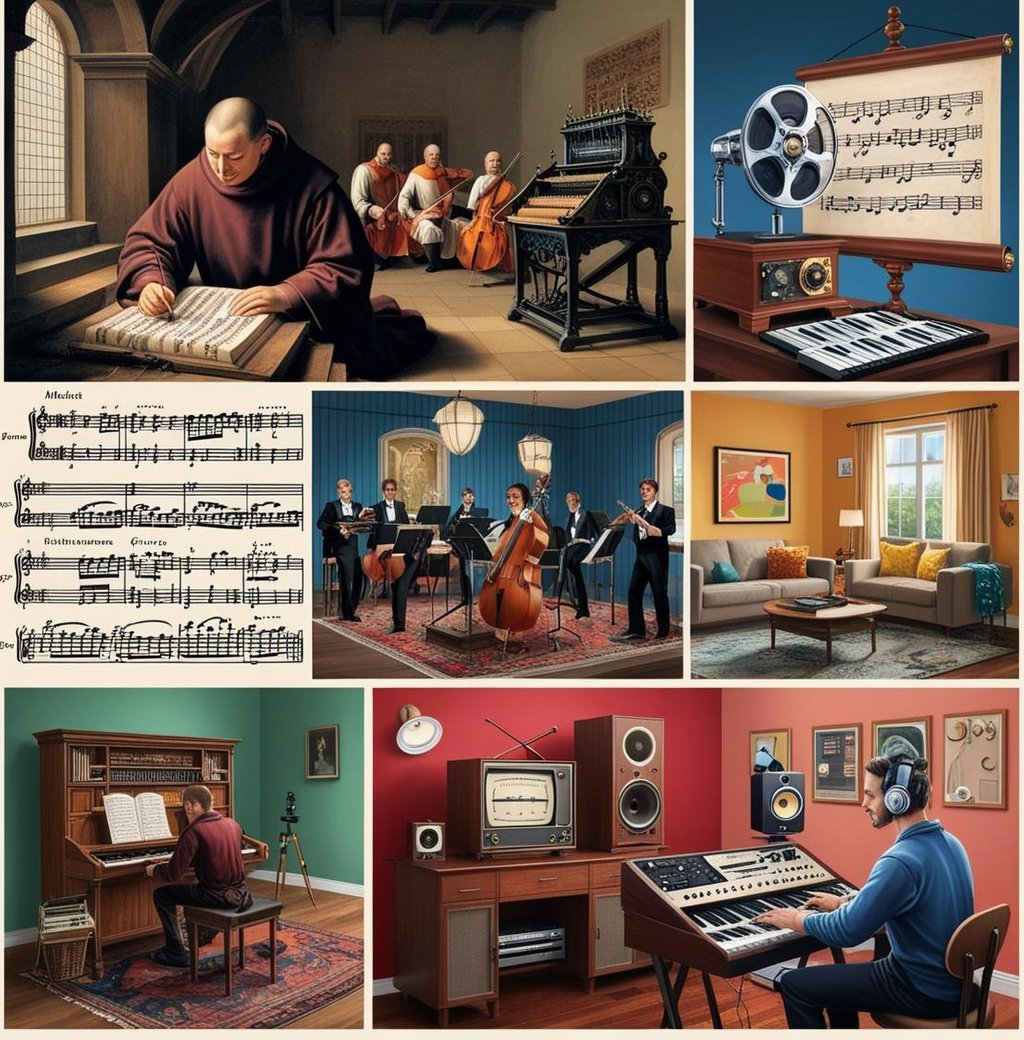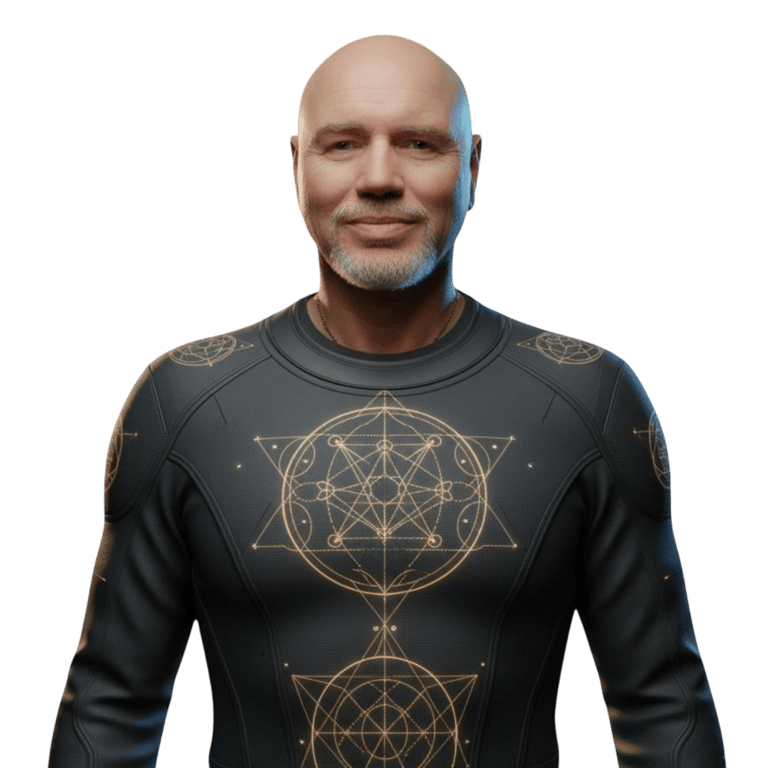
The Power of Sound: A Universal Language to Establish Connections
Discover how sound, as a universal language, transcends cultural and linguistic boundaries to elicit profound emotions, trigger memories, and connect individuals on a deeper level. Explore the shared human experience through the potency of sound.


Historical Technological Shifts in Music
The Printing Press and Monks
In the Middle Ages, monks dedicated their lives to the meticulous illumination of bibles. The advent of the printing press in the 15th century dramatically shifted this dynamic. Initially met with resistance, it ultimately democratized access to literature and knowledge, allowing ideas to spread more widely and quickly.
Silent Movies and Live Musicians
Silent films were originally accompanied by live musicians, providing essential background music. The introduction of "talkies" in the late 1920s displaced these musicians, altering the industry forever. While some lost their traditional roles, new opportunities arose in film and recorded music.
Radiogram Concerts vs. Local Bands
The proliferation of radiograms in the early 20th century allowed people to enjoy music in the comfort of their homes. Live local bands faced a decline in audience attendance as listeners opted for convenience. Yet, this technological leap also broadened the reach of artists, enabling them to connect with wider audiences.
The DAW Revolution of the 1990s
Digital Audio Workstations (DAWs) emerged in the 1990s as a transformative force in music production:
Eliminating Expensive Equipment: DAWs reduced reliance on costly tape and hardware, making professional-quality recording accessible to anyone with a computer.
Infinite Possibilities: By offering unlimited tracks and editing capabilities, DAWs empowered musicians to experiment like never before and significantly democratized music production.
Despite initial skepticism, DAWs quickly became indispensable in studios worldwide, showcasing a familiar pattern of technological resistance followed by acceptance.
The Current AI Challenge
Today, AI represents the latest upheaval in music production:
Widespread Adoption: Nearly 60% of independent musicians use AI in their projects, from mixing and mastering to production and album artwork.
Industry Division: Major labels like Universal, Sony, and Warner have filed lawsuits against AI music companies, citing concerns over copyright and artistic integrity. Meanwhile, over 200 artists, including Billie Eilish and Stevie Wonder, have voiced opposition through open letters.
Potential and Promise: AI tools lower barriers to entry, offering new creative possibilities and allowing those without access to expensive technology to create high-quality music.
Modern-Day Parallels to Historical Changes
The music industry is no stranger to the transformative power of technology, with compelling parallels between past and present shifts:
Digital Distribution and Streaming Services: Platforms like Spotify and YouTube have democratized music distribution in the 21st century, enabling artists to reach global audiences without traditional record label deals.
Social Media and Online Presence: Platforms like TikTok and Instagram serve as launchpads for artists, allowing them to build followings and monetize their music independently.
Virtual Reality (VR) and Augmented Reality (AR): VR and AR are reshaping live music experiences, much like the introduction of concert films and music videos in the 1980s.
AI in Music Creation: AI tools create new avenues for innovation, mirroring the impact of synthesizers and digital samplers in the 1980s.
Blockchain and NFTs in Music Rights Management: Blockchain and NFTs promise greater transparency and control for artists, paralleling the introduction of mechanical royalties.
Personal Reflection on Adaptation
Reflecting on my own experiences with technological change, I recognise a familiar theme of adaptation and resilience. Having restarted my life across four continents and multiple industries, I've learned the value of embracing new technology as it emerges - whether it's adapting to the rise of digital media, satellite TV, or AI voice generation.
I've faced challenges such as the shift from micrographics to digital formats and the impact of high-speed internet on traditional broadcasting roles. Each time, adaptation was key - whether by venturing into soft skills training or becoming a voice-over artist, leveraging early internet tools to sustain my career.
These experiences have taught me to view technological shifts not as threats but as opportunities. My journey through these changes has been about making an attitude shift and embracing the inevitable march of progress, much like musicians today navigating the landscape of AI in music.
Conclusion
Tracing the trajectory from monks and movie musicians to radiograms and DAWs, it becomes clear that technology continues to redefine artistic landscapes. While AI presents challenges, it also offers unprecedented tools and opportunities. Understanding and adapting to these changes will help musicians and creators navigate this evolving frontier, just as they have done throughout history. The ongoing transformation highlights the resilience and adaptability inherent in the creative spirit, encouraging artists to embrace change and drive the future of music forward.
Nigel John Farmer
Citation:
https://press.dittomusic.com/60-of-musicians-are-already-using-ai-to-make-music

© 2023 ~ 2024~2025 MeditatingAstronaut.com -
All Rights Reserved Worldwide
website by Meditating Astronaut Publishing
